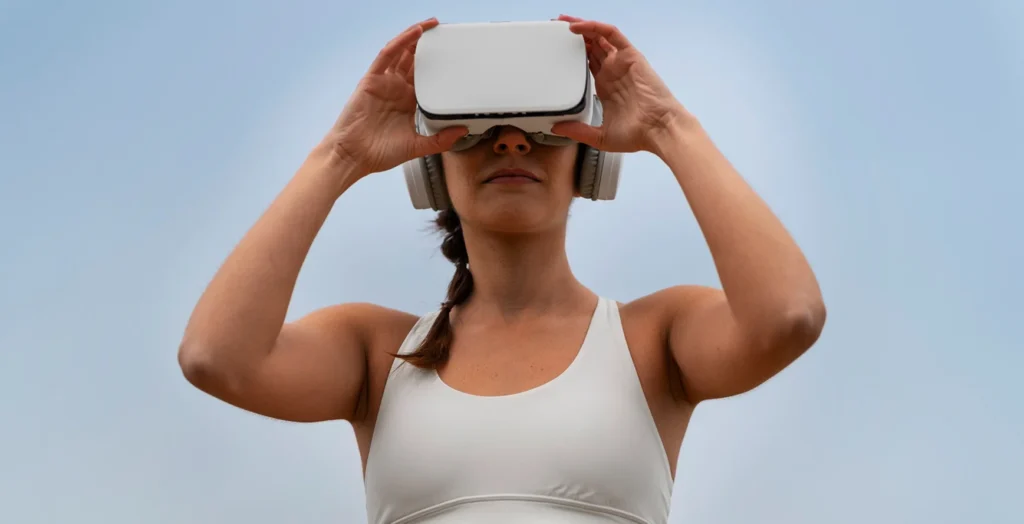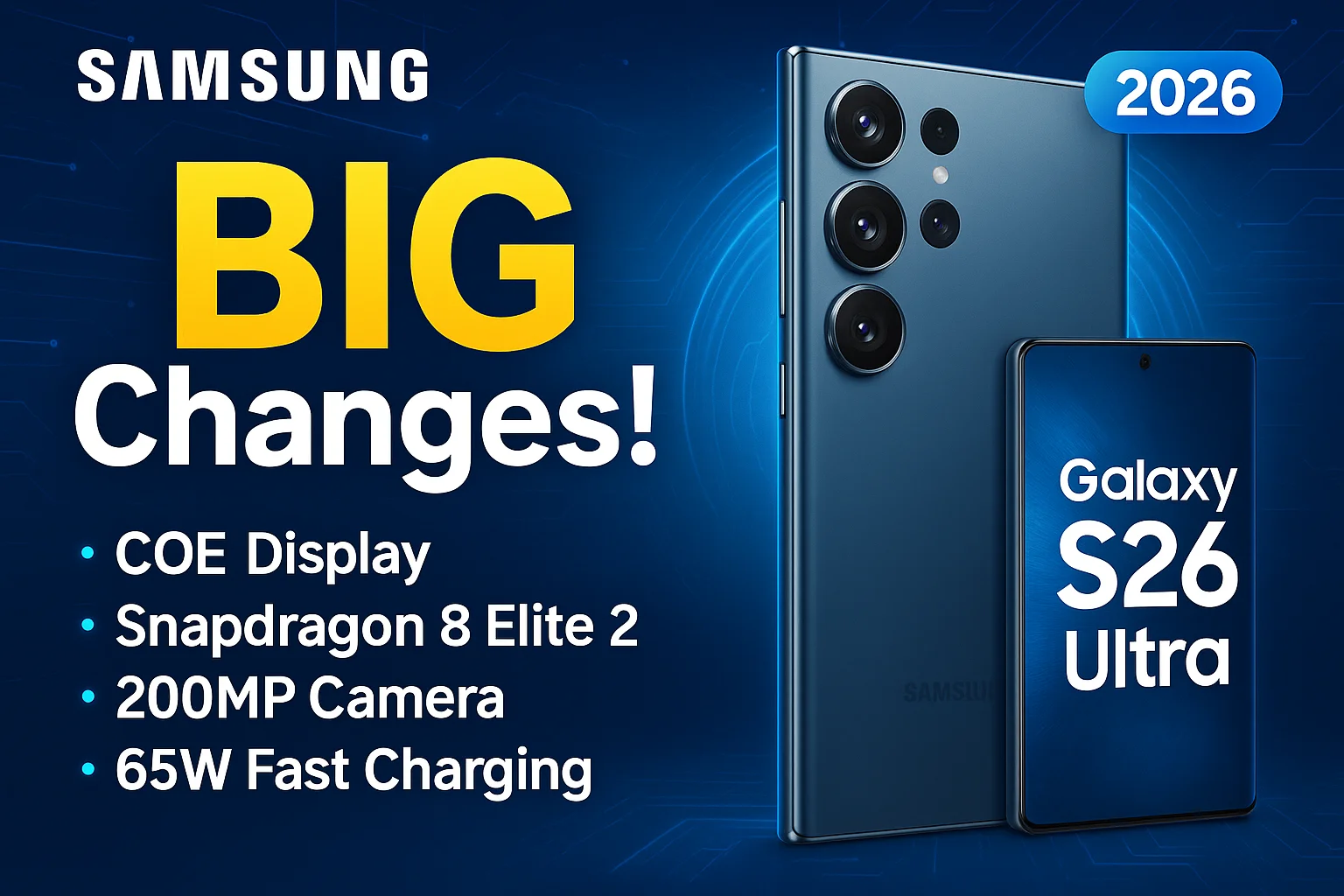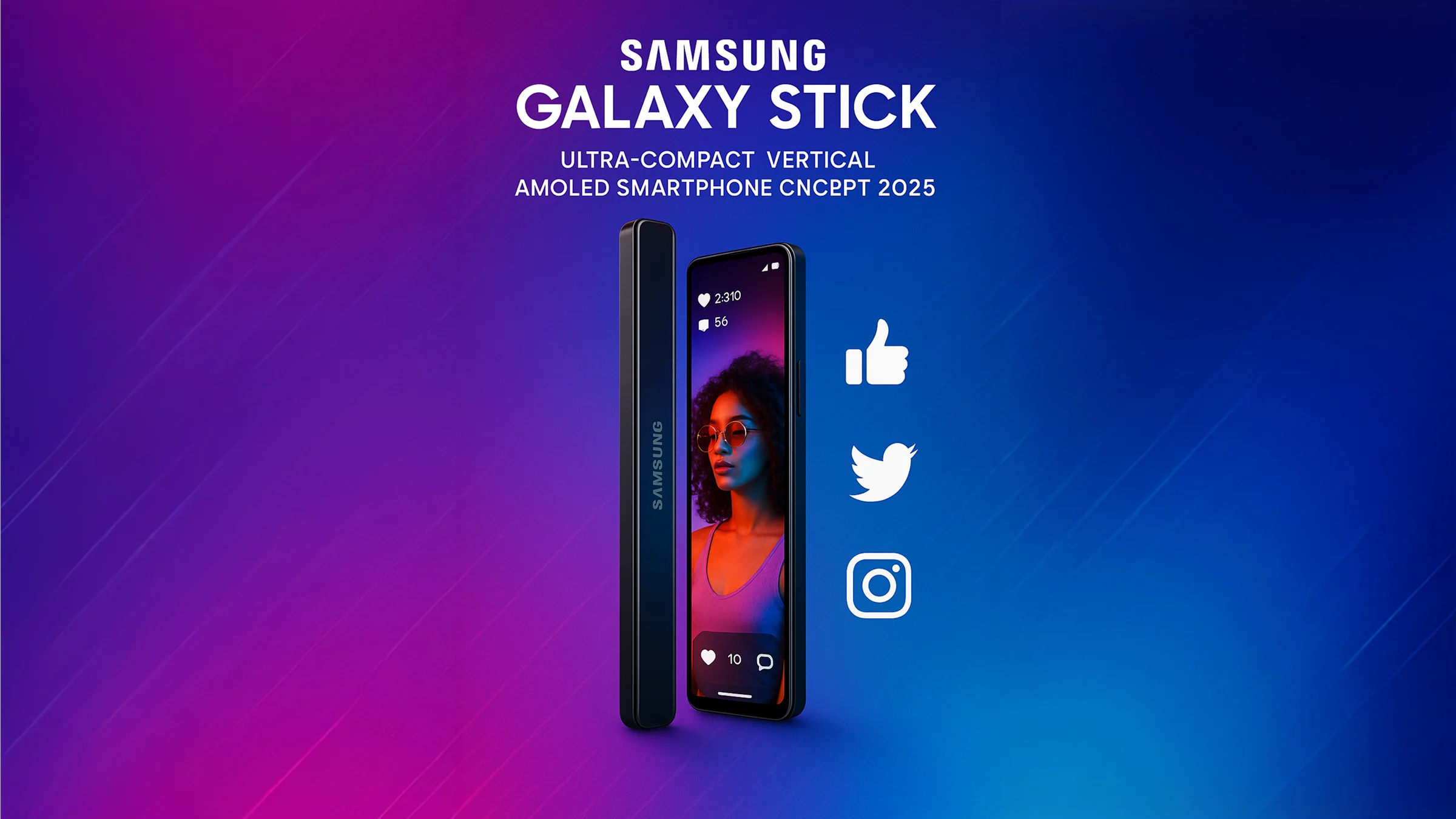Apple Vision Pro vs Meta Quest 3: Which AR/VR Headset Is Better for You in 2025?
- admin
- gadget

The AR/VR headset market is heating up in 2025, with Apple’s Vision Pro and Meta’s Quest 3 leading the charge. Both devices promise immersive experiences, but they cater to different users and priorities. Whether you’re a tech enthusiast, gamer, creative professional, or just curious about spatial computing, this in-depth comparison will help you decide which headset is the right fit for your needs.
Design & Comfort
Apple Vision Pro is a premium device, weighing around 600–650 grams, featuring a sleek design with high-quality materials and a custom three-element lens for a wide, immersive field of view. However, some users find it uncomfortable for extended sessions, and the fit may require regular adjustments.
Meta Quest 3 is lighter and more compact, making it easier to wear for longer periods. Its design is gamer-friendly, with a comfortable strap and balanced weight distribution.
Verdict:
If you prioritize comfort for long sessions, Quest 3 has the edge. For premium build and display, Vision Pro stands out.
Display & Visual Experience
Apple Vision Pro: Dual micro-OLED displays with a combined 23 million pixels, delivering more pixels per eye than a 4K TV. The color accuracy (92% DCI-P3) and refresh rates up to 100Hz offer stunning visuals, making it ideal for watching movies, spatial photos, and high-fidelity AR/VR content.
Meta Quest 3: Dual LCD panels with 2,064 x 2,208 resolution per eye. While not as sharp as Vision Pro, it still provides a vibrant and immersive experience, especially for gaming and mixed reality.
Verdict:
Vision Pro wins for visual fidelity and immersive video quality.
Audio & Spatial Sound
Apple Vision Pro: Features advanced spatial audio with dual-driver pods, personalized sound, and audio ray tracing to adapt to your room. It supports Lossless Audio with AirPods Pro 2 and AirPods 4, delivering an unmatched audio experience.
Meta Quest 3: Offers spatial audio through built-in speakers, but lacks the advanced personalization and room adaptation of Vision Pro.
Verdict:
Vision Pro offers a richer, more immersive audio experience.
Tracking & Controls
Apple Vision Pro: Uses a sophisticated array of 12 cameras, LIDAR, TrueDepth, and IR sensors. It supports ultra-precise eye and hand tracking, allowing you to interact naturally without controllers. This system is highly responsive but may require recalibration.
Meta Quest 3: Uses multiple RGB and IR cameras for hand and controller tracking. While hand tracking can be buggy, the included controllers make it more reliable for gaming and interactive experiences. However, it lacks eye tracking.
Verdict:
For gaming and controller-based experiences, Quest 3 is better. For natural, controller-free interaction, Vision Pro leads.
Performance & Software
Apple Vision Pro: Powered by a dual-chip system (Apple M2 + R1), running visionOS. It excels at spatial computing, multitasking, and creative workflows. The new visionOS 2.4 update brings Apple Intelligence features, including advanced writing tools, privacy-focused AI, and a curated Spatial Gallery app.
Meta Quest 3: Runs on a Qualcomm Snapdragon XR2 Gen 2, optimized for VR gaming and mixed reality apps. It has a vast library of games and social VR experiences, making it the go-to for entertainment and fitness.
Verdict:
Vision Pro is best for productivity, creativity, and immersive media. Quest 3 is best for gaming and casual VR.

Pros & Cons
| Apple Vision Pro | Meta Quest 3 | |
|---|---|---|
Pros | – Best-in-class display and spatial audio – Advanced eye/hand tracking – Great for productivity, creative work, and immersive media – Privacy-focused AI features | – Affordable price – Comfortable for long use – Excellent for gaming – Reliable controller support – Large app library |
Cons | – Expensive (around $3,500) – Can be uncomfortable for long sessions – Limited immersive app ecosystem – Not ideal for active gaming | – Lower display resolution – Hand tracking less reliable – No eye tracking – Build feels less premium |
Who Should Buy Each Headset?
Apple Vision Pro is for you if:
- You’re a creative professional, developer, or productivity-focused user.
- You want the best display, spatial audio, and cutting-edge AR experiences.
- You value privacy and advanced AI tools.
- You’re an early adopter willing to invest in premium tech.
Meta Quest 3 is for you if:
- You’re a gamer or want a fun, social VR experience.
- You need a comfortable, affordable headset for longer sessions.
- You want reliable controllers and a wide range of apps.
- You’re new to AR/VR and want the best value for your money.

Our Recommendation
If you’re looking for the most advanced AR/VR headset for productivity, creativity, and immersive media, Apple Vision Pro is unmatched-if you can justify the price and want to be on the cutting edge. If your priority is gaming, social VR, and affordability, Meta Quest 3 is the clear winner for most users.
In summary:
- Choose Apple Vision Pro for premium spatial computing, creative work, and the best visual/audio experience.
- Choose Meta Quest 3 for gaming, social fun, and all-around value.
Ready to step into the future of AR/VR? Consider your needs, budget, and priorities-both headsets are leaders, but the best one for you depends on how you want to experience the next generation of digital reality.
Contributor

Nahid Alam, a passionate web developer and tech enthusiast dedicated to simplifying technology for users. As the founder of GadgetRanks.com, he specialize in writing in-depth gadget reviews, expert analysis, and insightful articles on the latest and most useful tech products. His goal is to help users make informed decisions when purchasing gadgets by providing well-researched, professional, and unbiased reviews.
With a strong background in web development and software engineering, He also work as a professional software developer at a leading tech company, where he build modern, high-performance websites for businesses across various industries.








